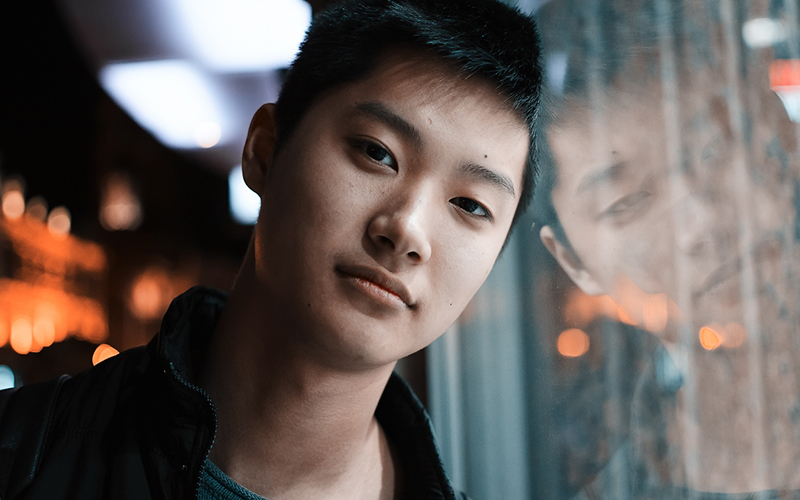Table of Contents
Types of Incontinence
Stress incontinence
Loss of urine when coughing, sneezing, laughing, exercising or lifting. This is uncommon in men but may occur after undergoing radical prostatectomy. The prostate typically aids in providing continence and when removed can lead to leakage of urine when bladder pressures increase.
Urge incontinence
A sudden urge to urinate followed by involuntary leakage of urine before making it to the toilet. This most commonly results in men secondary to the effect of prostate enlargement on bladder health. However, it can also result from overactive bladder, urinary tract infections, constipation, dietary issues, or neurologic disorders such as stroke or Parkinson’s.
Overflow incontinence
Leakage caused by urine spilling out of the bladder once it has reached its capacity. This can result in constant dribbling or sudden release of urine when the bladder becomes full. Causes include prostate enlargement, urethral stricture, spinal cord injury, diabetes, multiple sclerosis, or prior abdominal surgeries.
Mixed incontinence
A combination of more than one type of incontinence, such as stress incontinence and urge incontinence
Evaluation
Stress incontinence
Leakage typically presents during physical activity or actions that increase abdominal pressure such as coughing or sneezing. Testing may be needed to determine the strength of the pelvic muscles and voiding diaries can help to keep track of the degree of leakage.Testing may include:
- Physical Exam
- Urodynamics
- Cystoscopy
Urge incontinence
Patients typically experienced increased urinary frequency, urgency and waking up to void several times at night. At times the urge is so great leakage occurs before making it to the restroom in time. A voiding diary may be used to keep track of urinary symptoms. There can be urologic and non-urologic causes (i.e. GI or nutritional) of urge incontinence. Evaluation may include: Dietary Evaluation
- Cystoscopy
- Urodynamics
- Urinalysis / Urine culture
- Post void residual or bladder scan
Overflow incontinence
Patients may experience symptoms that include involuntary release of urine, sensation of incomplete bladder emptying, weak stream, and leakage of urine during sleep. The assessment in men typically centers around determination of whether there is inadequate squeezing of the bladder or the prostate is causing obstruction of the urethra.
- Urodynamics
- Urinalysis / Urine culture
- Post void residual or bladder scan
- Urocuff or Uroflow Study
Treatment
Stress incontinence
Treatment options are geared towards strengthening pelvic muscles or increasing resistance in the urethra to prevent leakage. Depending on the degree of leakage, options include:
- Pelvic floor physical therapy
- Male Urethral Sling (i.e. AdVance sling)
- Artificial Urethral Sphincter
Urge incontinence
Treatment for urge incontinence typically proceeds in a stepwise manner:
- First-line – pelvic floor physical therapy, bladder training, bowel management, fluid management and dietary changes
- Second-line – Medications such as oxybutynin or mirabegron designed to relax the bladder
- Third-line – posterior tibial nerve stimulation, botox injection into the bladder, sacral
nerve stimulation
Overflow incontinence
Treatment is aimed towards removing obstruction that prevents the bladder from emptying.
- Medications such as tamsulosin or finasteride
- Procedures for enlarged prostate (Urolift, Rezum, Greenlight, TURP, robotic simple
prostatectomy) - Urethral stricture surgery
- Clean Intermittent Catheterization or Suprapubic Catheter

